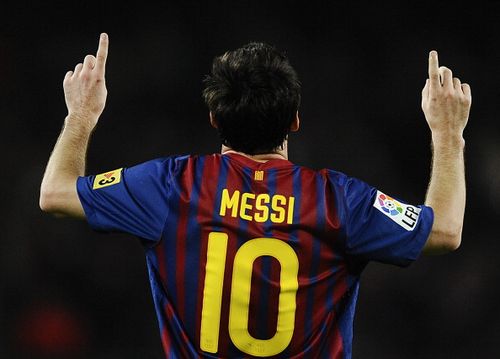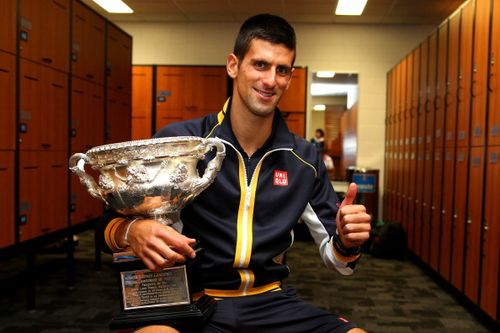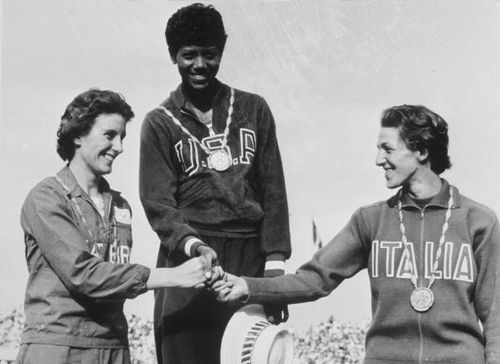
Three sportspersons who battled health issues to become the best in the world
“Obstacles don’t have to stop you. If you run into a wall, don’t turn around and give up. Figure out how to climb it, go through it, or work around it.” – Michael Jordan.
Seems preachy. Right?
I also thought the same when I read it at first but then I decided to research further and found the truth behind this statement. We talk about sports, day in and out of our lives so it was interesting to find athletes who have turned the tables around these obstacles in their lives only to rebound bigger and better in the sporting world.
Here we will look at the top 3 athletes who in my book had health issues in their life and still emerged as the best in their field.
1) Lionel Messi:

At the age of 9, the best football player in the world, Lionel Messi or the Machine of 87 was diagnosed with growth hormone deficiency. Growth hormone deficiency (GHD) is a medical condition, caused by problems arising in the pituitary gland, in which the body does not produce enough growth hormones (GH). At that age, it essentially meant that he would not grow properly like other kids. At the age of 13, he had a height of an average 8-year old. The future world’s best player injected himself daily, often bringing the medicine in a cooler so he would not miss any doses.
2) Novak Djokovic:

The current World No .1 and the player to have broken the ‘Fedal’ dominance in 2011 was known for allergies, back pain, breathing problems and other physical ailments to such an extent that he had become the center of everyone’s joke in the tennis world. If there was a crucial match and Djokovic was playing in it, typically the result was more often than not decided on the retirement.
3) Wilma Rudolph – the “Black Gazela”:

In the 1960 Summer Olympics in Rome, Wilma Rudolph became the first American woman to win three gold medals in track and field during a single Olympic Games. She was born with polio and was barely able to use her left leg. At age four, she caught infantile paralysis (caused by the polio virus) and was fitted with a steel brace on her left leg and twisted foot. By the time she was eleven, she was able to take off the braces and start to walk, unsteadily, on her own. Not to mention she was also able to survive incidents of scarlet fever during her childhood.
Throughout these stories, one thing that has stood out for me is the power of determination and hope in our lives. What if these players had decided to bow down to their diseases? What if they had not tried enough to look for solutions in their lives?
And nothing sums it up better than what US President Barack Obama had to say:
“The best way to not feel hopeless is to get up and do something. Don’t wait for good things to happen to you. If you go out and make some good things happen, you will fill the world with hope, you will fill yourself with hope.”